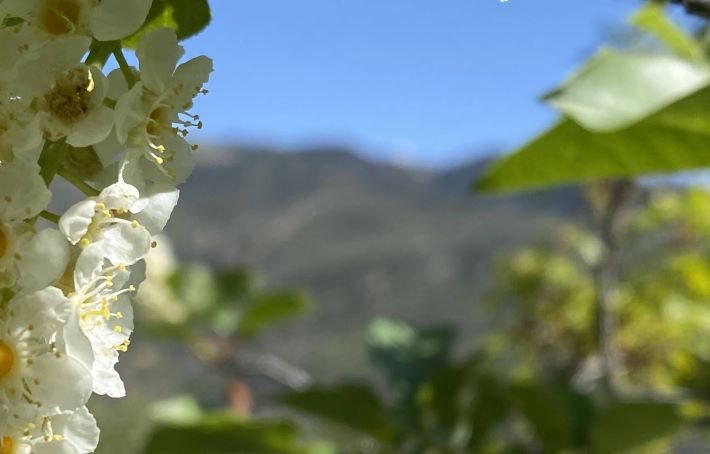
Had I not opted for brevity last week, I would have commented on a ranking of beer cities by Real Estate Witch. Several stories that hit my radar in the week since give me a chance to.
First, the initial thoughts. We lived in or adjacent to three of the cities on the list (Denver, St. Louis and Atlanta) in the last half dozen years and spent multiple days in several others, including Jacksonville. Not to make fun of Jacksonville, but if I came up for a formula for ranking beer cities and Jacksonville was 12th and Atlanta 44th I would rethink my recipe. And, the only city in the top 10 I haven’t spent a decent amount of time in recently is Cincinnati. We’ll be for a week next month, so No. 2? Cool. Plus, it will give me a chance to catch up with Beer Dave.
I am still wondering who this list (and one that ranks the best weed cities) is for and what the tie-in is to selling real estate. Is it for beer tourists? For tourists who not quite so focused on beer? For locals? For people who primarily drink where the beer in their glass is made? For Stan? Other than giving me something to think about, the answer to the final question is “no.”
Anyway, take a look at these posts from last week.
– Evaluating beer cities.
– What Defines a Great Austin Bar? Doug Has Thoughts.
– Gay Bars Aren’t Disappearing; They’re Changing.
– Book review: Desi Pubs by David Jesudason.
– Book review: Where Everybody Knows Your Name.
In the first, Jeff Alworth suggests an “immature sense of beer culture here in the US.” Not to take that out of context, although maybe I am, I would not write that. I think this is a country with multiple cultures found in bars, brewpubs, taprooms, etc. Beer may or may not be central to them. The following posts provide examples.
Consider this from the second: “The common theme among Doug’s bars is that they are mostly genuine Texas dive bars, which I would define as a bar I typically wouldn’t take my children to, which often appears to be structurally unsound and, notably, already features a wide assortment of stickers on its walls. They also seem to be bars that broadly refuse to surrender to trendiness or to pretensions of modernity, but Doug shrugs this off.”
And this from the third: “The bars that seem to be thriving are ones that managed to embrace the breadth and depth of the LGBTQ+ community. The kind of bar that used to serve only older folks or maybe only young people, or only white people or only men, those bars sometimes seem to struggle. I think bars that have figured out how to embed themselves deeply in the community, maybe being used as a different kind of space during the day than during the night, seem to be thriving.”
You might also enjoy
– Start with Alan McLeod’s craft beer fan exit survey, and then read The Post-Craft Beer World. End times?
– These Women Are Breaking Texas’s Craft Brewery Glass Ceiling.


 Because the first edition of
Because the first edition of